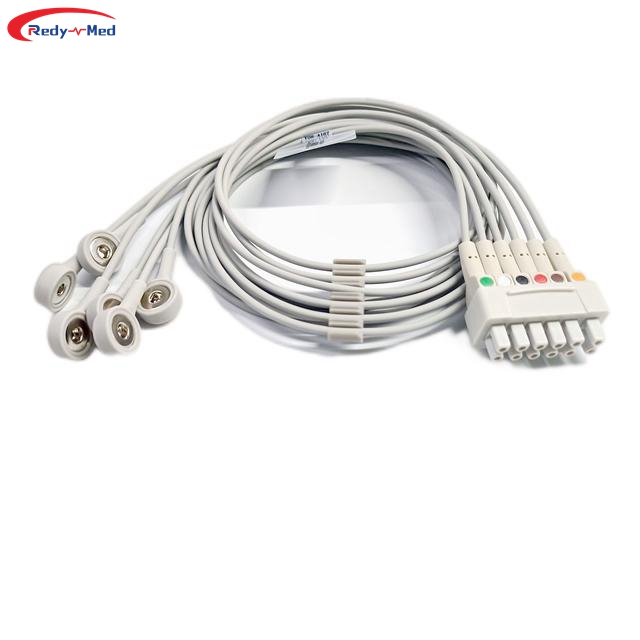
The historical development and progress of ECG cable
2024-03-21 00:04:44

With the astounding progress made in medical technology, the field of electrocardiography (ECG) has witnessed a notable transformation over the years. This article delves into the historical development and progress of ECG cable, shedding light on its significant impact on healthcare diagnosis.
Early Beginnings: The Birth of ECG Cable
The inception of ECG cable dates back to the late 19th century when the genius of Willem Einthoven revolutionized electrocardiography. Einthoven's groundbreaking work led to the development of the first-ever ECG recording device, which utilized a sensing cable connected to the patient’s body. This ingenious cable transmitted the electrical signals produced by the heart to the recording apparatus, enabling the visualization and analysis of cardiac activity.
Although crude by today's standards, this early ECG cable laid the foundation for subsequent advancements, catapulting the field of cardiology into a new era.
The Evolution: Advancements in ECG Cable Technology
Over the decades, ECG cable technology witnessed significant improvements in terms of materials, design, and functionality. The transition from the traditional bulky cables to lightweight, flexible ones allowed for enhanced patient comfort and mobility. Additionally, the advent of digital signal processing revolutionized ECG cable connectivity and data transfer, paving the way for more accurate and efficient diagnoses.
The integration of advanced materials such as shielded wires and biocompatible coatings into ECG cables marked a major turning point. These innovations minimized electromagnetic interference, ensuring optimal signal quality and reducing artifacts. Furthermore, the introduction of standardized cable connectors enhanced compatibility, allowing ECG devices from different manufacturers to seamlessly communicate.
Towards the Future: The Rise of Wireless ECG Cable
The latest leap in ECG cable innovation is the emergence of wireless technology, eliminating the need for physical cables altogether. Wireless ECG cables employ cutting-edge Bluetooth and Wi-Fi technology to transmit cardiac data from the patient to the recording device, offering unprecedented convenience and flexibility.
By eliminating cable-related hassles and constraints, wireless ECG cable opens doors to new possibilities in remote patient monitoring. It empowers healthcare professionals to remotely monitor patients' cardiac health, enabling timely interventions and minimizing the risk of complications.
In Conclusion
The historical development and progress of ECG cable have revolutionized healthcare diagnosis. From its humble beginnings in the late 19th century to the advent of wireless technology, ECG cable has significantly enhanced the accuracy, efficiency, and accessibility of cardiac evaluation. As technology continues to advance, we can anticipate further innovations in ECG cable, propelling the field of cardiology towards new horizons.
Get the latest price? We'll respond as soon as possible(within 12 hours)




